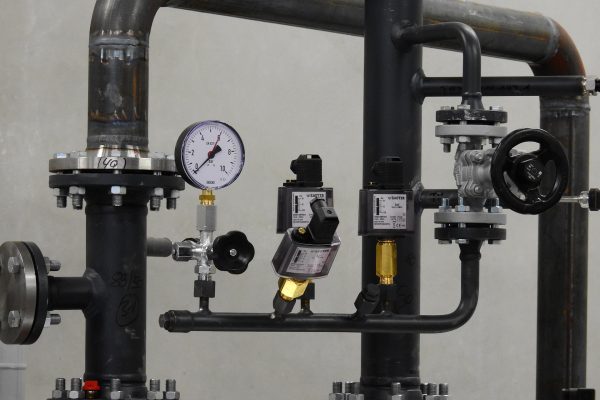Introduction to Water Filtration – Part 5
Introduction to Water Filtration - Part 5 In-Line Clarification In-line clarification is the elimination of suspended solids through the extension of in-line coagulant accompanied by accelerated filtration. This process is known as contact filtration or in-line filtration. This method eliminates suspended solids without the use of sedimentation basins. There are two different approaches in which [...]


